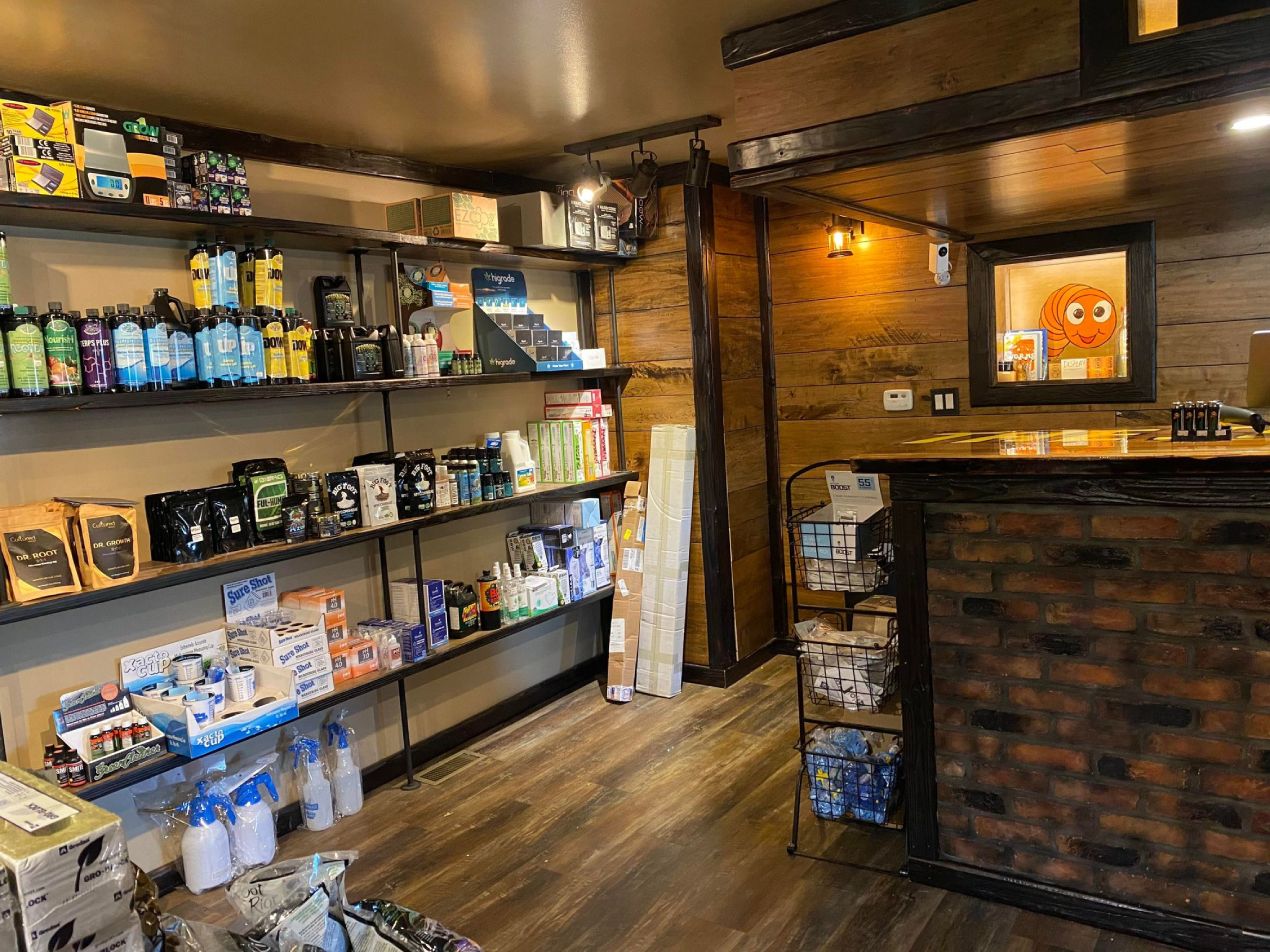The Indoor Earthworm : A Comprehensive Guide
The Indoor Earthworm : A Comprehensive Guide
Blog Article
The Ultimate Guide to Hydroponic Equipments and Techniques
In the globe of modern-day farming, hydroponic systems have emerged as a revolutionary method for cultivating plants without dirt. As we uncover the ins and outs of hydroponics in this extensive guide, we will certainly navigate via the different kinds of systems, discover the essential nutrients crucial for plant growth, and dive right into advanced techniques that can substantially improve returns.
Benefits of Hydroponic Systems
Hydroponic systems supply a wide range of benefits, consisting of effective source use and accurate nutrient delivery to plants. By giving a regulated setting for plant growth, hydroponic systems make it possible for optimum water and nutrient usage, resulting in higher returns compared to typical soil-based farming. This performance not just preserves sources but additionally reduces waste, making hydroponic systems ecologically friendly.
Furthermore, the exact delivery of nutrients in hydroponic systems permits personalization based on the details demands of each plant variety. This targeted technique guarantees that plants obtain the ideal equilibrium of important nutrients, advertising much healthier growth and decreasing the threat of nutrient deficiencies or discrepancies. Additionally, the capability to change and check nutrient degrees in real-time maximizes plant performance and general crop high quality.
In addition, hydroponic systems remove the requirement for herbicides and chemicals, as the closed-loop system reduces the risk of insects and illness that are generally discovered in soil-based agriculture - The Indoor Earthworm. This not just benefits the plants and the atmosphere but also contributes to producing cleaner, much healthier plants for intake
Sorts Of Hydroponic Setups

Nutrient Film Strategy (NFT) uses a superficial stream of nutrient service streaming over the plant roots, offering a consistent supply of nutrients. Drip systems entail leaking a nutrient remedy onto the plant origins, offering specific control over feeding.
Each kind of hydroponic setup has its benefits and is suited to different plant selections and growth phases. Understanding the unique functions of these systems can help hydroponic farmers select the most suitable arrangement for their certain needs and choices.
Crucial Nutrients for Hydroponics
In hydroponic systems, plants rely on an accurate balance of necessary nutrients to thrive and grow successfully. These essential nutrients are important for numerous plant features such as photosynthesis, origin development, and general development.
Along with macronutrients, plants also need secondary nutrients like magnesium, sulfur, and calcium, along with trace elements such as iron, copper, zinc, and manganese (The Indoor Earthworm). These nutrients are vital for making sure that plants have all the needed structure blocks to execute essential biological processes

Advanced Techniques for Maximum Return
To accomplish ideal yields in hydroponic systems, farmers can carry out advanced strategies that enhance plant growth and performance. Additionally, using methods like plant training and pruning can aid optimize light circulation and air movement, guaranteeing that all components of the plant get adequate light and nutrients. Making use of automated systems for nutrient shipment and surveillance can help keep optimum nutrient levels, lowering the danger of shortages or discrepancies that can prevent plant growth.
Troubleshooting Common Hydroponic Issues
One common problem is nutrient deficiencies, where plants do not have crucial elements for healthy and balanced growth. Preserving the appropriate pH range specific to the plant being expanded is important company website for optimal nutrient uptake. By promptly identifying and resolving these typical hydroponic problems, growers can keep healthy and balanced plants and make the most of returns in their hydroponic systems.
Verdict
To conclude, hydroponic systems provide click this numerous advantages for growing plants successfully. By making use of different sorts of arrangements and offering important nutrients, farmers can accomplish maximum yield with advanced strategies. It is necessary to troubleshoot usual issues that might emerge in order to preserve an effective hydroponic operation. With mindful planning and focus to detail, hydroponic systems can revolutionize the way plants are grown, causing more sustainable and effective agricultural techniques.
By supplying a regulated atmosphere for plant development, hydroponic systems allow optimum water and nutrient usage, leading to greater returns compared to standard soil-based farming. The Indoor Earthworm. Nutrient Movie Method (NFT) makes use of a superficial stream of nutrient option flowing over the plant roots, supplying a consistent supply of nutrients. Monitoring and changing nutrient levels based on plant development phases is essential to protecting against nutrient deficiencies or toxicities and maximizing plant efficiency in hydroponic systems
Furthermore, utilizing methods like plant training and trimming can help enhance light distribution and air useful site flow, making certain that all components of the plant get ample light and nutrients. Utilizing automated systems for nutrient delivery and monitoring can help preserve optimal nutrient levels, decreasing the threat of deficiencies or imbalances that can hinder plant growth.
Report this page